The Battle of Tarawa exacted a heavy toll upon the US Marine Corps, with almost as many casualties suffered in this single 76-hour period as during the entire 6-month Guadalcanal Island campaign. We examine the battle and its ramifications for the wider island-hopping campaign.
If you’d like to replicate this historic action on the tabletop, you’ll find the “Bloody Tarawa” scenario on pages 101 and 102 of the Empires in Flames Bolt Action theatre book. Within, you’ll also find additional special rules for conducting amphibious assaults against coral atolls.
Allies on the Offensive in the Pacific
Following the US victory at Midway, the US had managed to effectively stall the aggressive ambition of the Imperial Japanese Navy to exert greater control over the Pacific. Their first offensive was the campaign at Guadalcanal, a six-month campaign (concluding in February 1943) which resulted in significant Japanese losses, effectively quelling any Japanese hopes for a counteroffensive.
The US was thus set to embark on an Island-hopping campaign as they advanced on Japan, including the Marshall Islands and the Mariana Islands. The first step in the Central Pacific, however, was the Gilbert Islands, of which the Tarawa Atoll was a part. Thus the US engaged Operation Galvanic in November 1943 – their prime target: Betio.
Dug in on Betio
Betio was the largest of the islands of the Tarawa Atoll, though this doesn’t say much – being barely 2 miles long and a half-mile across. The Japanese Special Naval Landing Force had occupied it in December 1941, and using Korean labour, had heavily fortified the island. These defences included myriad pillboxes, as well as seawalls, an extensive trench system and an airfield. Not only this but any invader would need to deal with the atoll’s natural defences. The island was ringed with shallow reefs. Capitalizing on this, the defenders daubed them with barbed wire and laid mines in the shallow waters.
The close to 4500-strong garrison was heavily entrenched. They had 14 emplaced guns including four 8” naval guns, plentiful supplies and even tank support in the shape of 14 Type 95 Ha-Go light tanks. The atoll would prove to be the most heavily fortified that US forces would invade in the entirety of the war. Supposedly, Japanese Admiral Keiji Shibasaki boasted that a million US marines would not be enough to take the island. While this did not prove to be true, US casualties in the operation proved enormous.
Prelude to Assault
Arriving near the Tarawa Atoll on 19th November 1943, a large U.S. Fleet was poised to deploy 18,000 men of the U.S. Marine Corps to the capture of the island. This fleet consisted of multiple battleships, aircraft carriers, cruisers, destroyers and a huge number of supply vessels to support so many marines. The tactic would be dubbed “atoll war”, a massive combined arms operation that would see the island bombarded by destroyers and carrier-borne aircraft prior to the amphibious assault which would employ machine-gun armed amphtracs.
The pre-dawn attack began with the exchange of fire of the Japanese Naval guns with two destroyers. Japanese fire proved inaccurate and these threats were neutralised quickly, allowing the naval bombardment to begin, accompanied by air attack just after 6 am. Minesweepers entered the lagoon and cleared the route for the landing craft. The bombardment was lifted at 9 am and the attack commenced.
The Assault Stalls
However, the ocean had a trick to play of its own. The tide had not risen as high as expected, meaning that Higgins boats were unable to clear the reef, leaving a significant number of marines stranded in the lagoon. This caused a severe delay to the operation and meant that the bombardment had lifted far too soon. The landing crafts in the lagoon were horrendously exposed to an ever-increasing and withering hail of firepower from the Japanese who now had ample time to emerge from cover, scrambling to firing positions. The bombardment had also been somewhat ineffectual, failing to inflict much in the way of damage to the concrete, hard coral or coconut log defences or to inflict significant casualties.
Only the LVT “Alligators” were able to clear the reef but upon reaching the shore were unable to clear the sea wall, thus depositing men that became immediately pinned down. Although some attempted to return to the reef to assist the stranded marines, many were unable to do so. The unarmoured tractors were subject to a storm of combined arms fire, quickly rendering them ineffectual for repeat excursions. The waters were mired with wrecks and bloodied bodies, hampering subsequent waves of landings.
LVT Amphibious Transport
The LVT (Landing Vehicle Tracked) series was developed to provide a fully amphibious troop transport for beach assaults in the Pacific Theatre. These vehicles were armed with machine guns and could transport two fully equipped squads of Marines. After their introduction during the battle of Tarawa, new, armoured versions were developed alongside fire support variants.
Marines were thus forced to wade to shore in chest-deep water – they had to creep to shore, knowing that if they lifted their heads they would become easy targets. Their journey to the shore rendered them exhausted and their equipment useless (particularly their radios – further hampering communications). Though 5000 marines had landed by the end of the first day, 1500 more had perished in the attempt.
Days Two & Three
The morning of the second day did not see these problems alleviated, with water levels remaining defiantly low. Troops on the shore remained painfully isolated and without support. To make matters worse, enemy snipers had crept out under cover of darkness and taken positions in wrecked landing crafts, the marines were more exposed than ever,
It was only around midday that waters began to rise and support craft scrambled to lend extra aid to the assault, supplementing the landing troops with armour and weapons, whilst destroyers were able to manoeuvre close enough to the island to lend accurate supporting fire.
On the third day, the Marines were able to establish enough of a foothold on the beach to muster a significant attack. With armoured support now available, the USMC was able to press the attack to the beleaguered SNLF, forcing them to withdraw to the tiny squeeze of land on the east of the airstrip. Artillery support disrupted any large concentration of Japanese troops from mounting any counteroffensives.
As usual, the Japanese fought almost to the last man, with a bungled and futile banzai suicide charge heralding the end of hostilities in the early hours of 23rd November. There were only seventeen Japanese survivors, including one officer.
Lessons In Amphibious Assaults
Known as Bloody Tarawa; the cost in lives was dear for both sides. Around 6,400 men died in a period of 76 hours for control of the tiny strip of land in the Pacific. In the battle’s aftermath, the 2nd Marine division had to be withdrawn to Hawaii for recovery and retraining. The battle cast serious doubts on the viability of future amphibious assaults in the theatre. It was the catalyst for a number of lessons that were employed for all subsequent operations in the Pacific. Communications and reconnaissance needed refinements, in order that the bombardments be more effective, and that troops receive closer air and naval support post landing.
The battle also provoked the development of armoured LVTs. Though they had been the only vehicles capable of traversing the reef in the low waters, they were quickly knocked out once ashore.
On the morning of 23rd November, one of the 17 supporting aircraft carriers of the fleet, Liscome Bay, was torpedoed and sunk by a Japanese submarine. The loss of life as a result of this sinking equated to more than 30% of the total American loss of life during the operation.
Island Assault!
The new Bolt Action starter set is the perfect way to begin exploring World War Two’s Pacific theatre, whether you’re a newcomer to Bolt Action or a veteran of many battles!
Containing two opposing forces set amongst the many islands in the Pacific theatre, Island Assault! contains the Bolt Action 2nd edition rules as well as a scenario booklet guiding you through your first steps in the game. Before long you’ll be adding to your new army and wreaking havoc on your foes be they fighting for Uncle Sam or the Emperor!
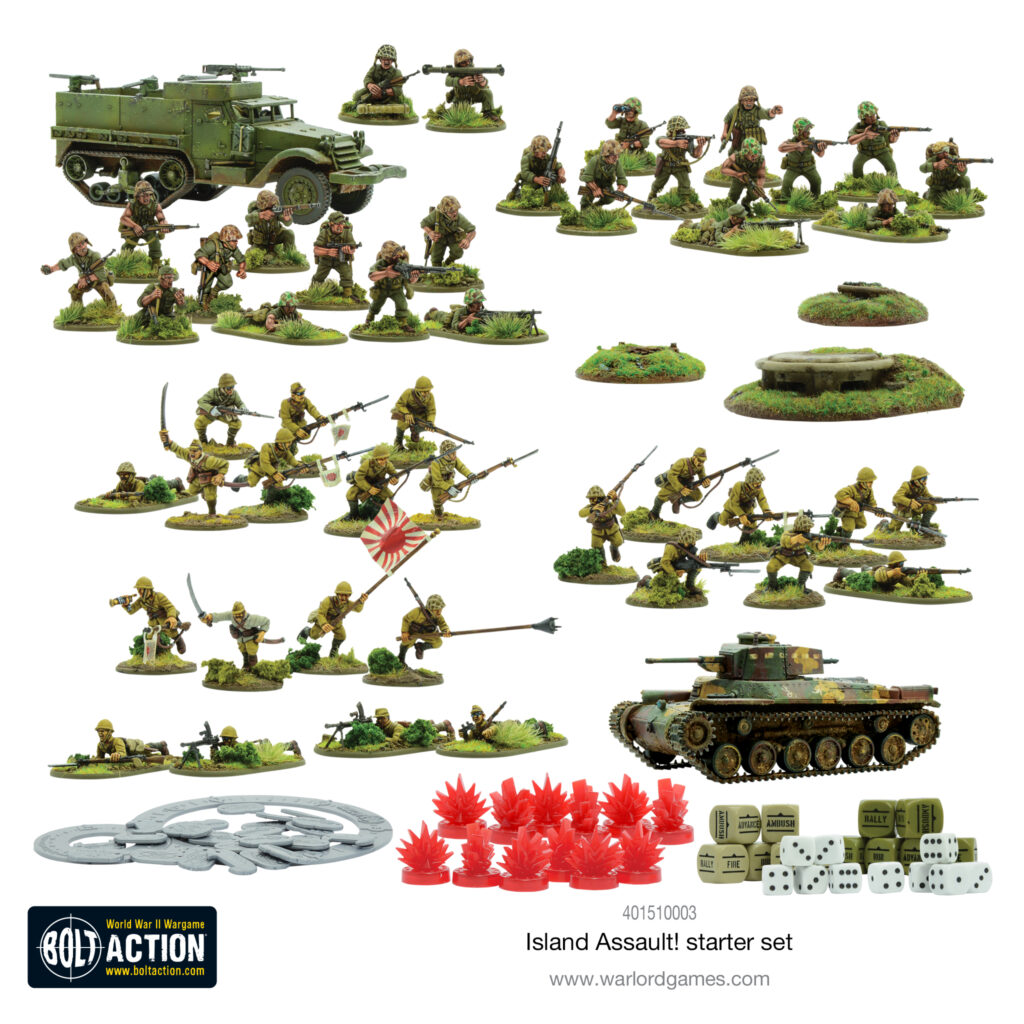
Development of the LVT
The Battle of Tarawa saw the first combat use of the LVT amphibious transports. Though this was only partially successful due to their lack of armour, they were invaluable in the early stages of the battle. Some of the subsequently developed variants of the LVT are available for those looking to replicate later actions of the Pacific Theatre using Bolt Action:
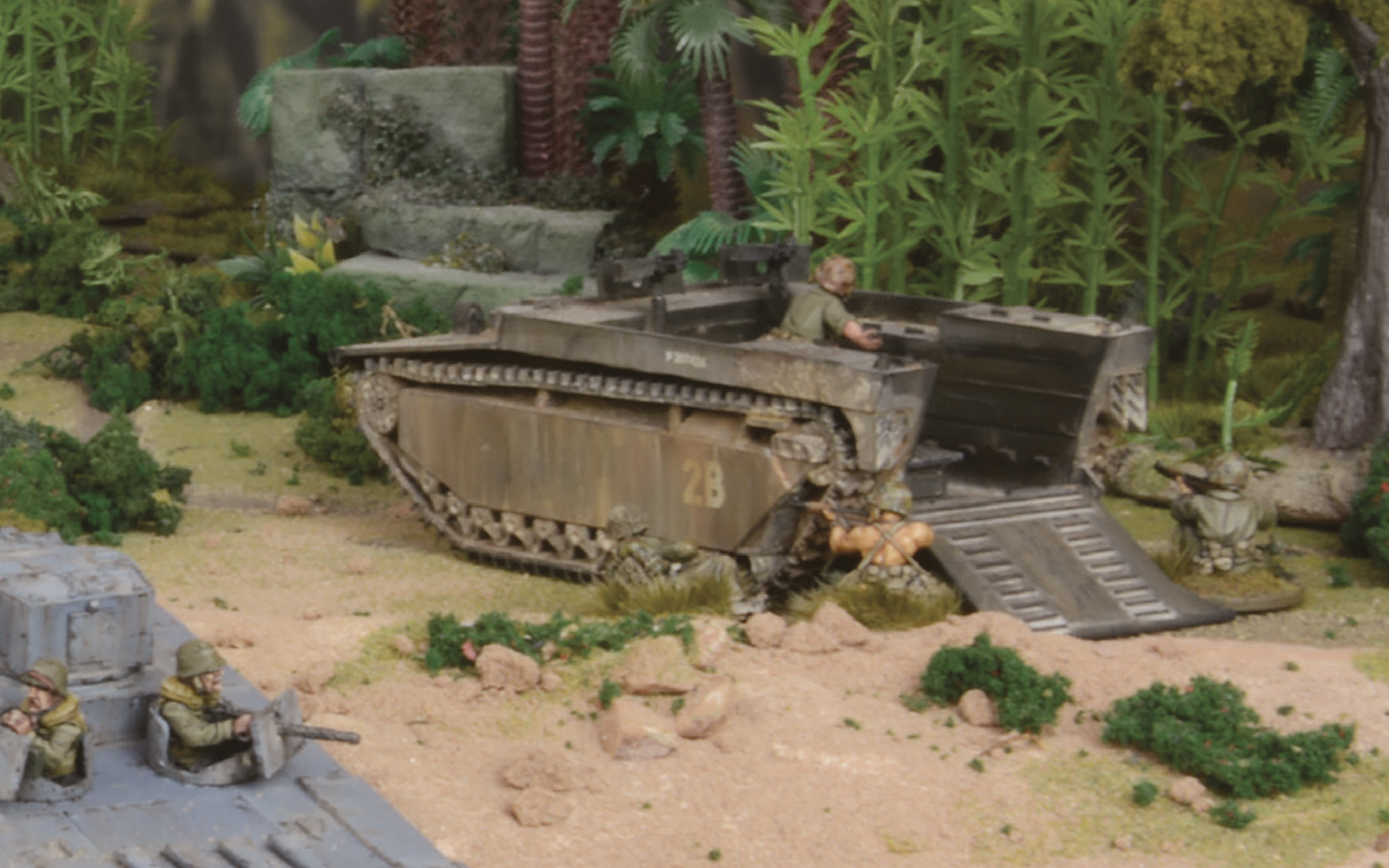
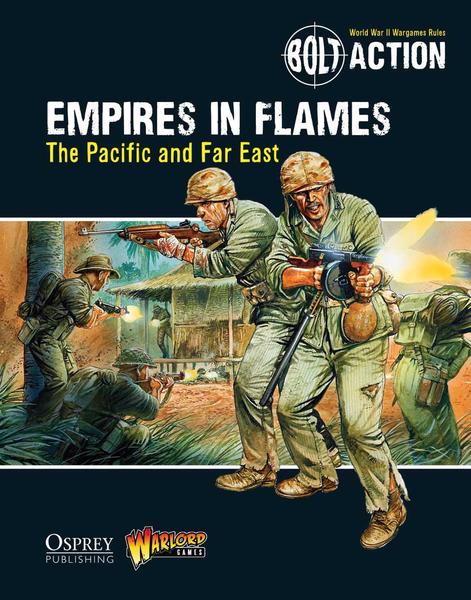
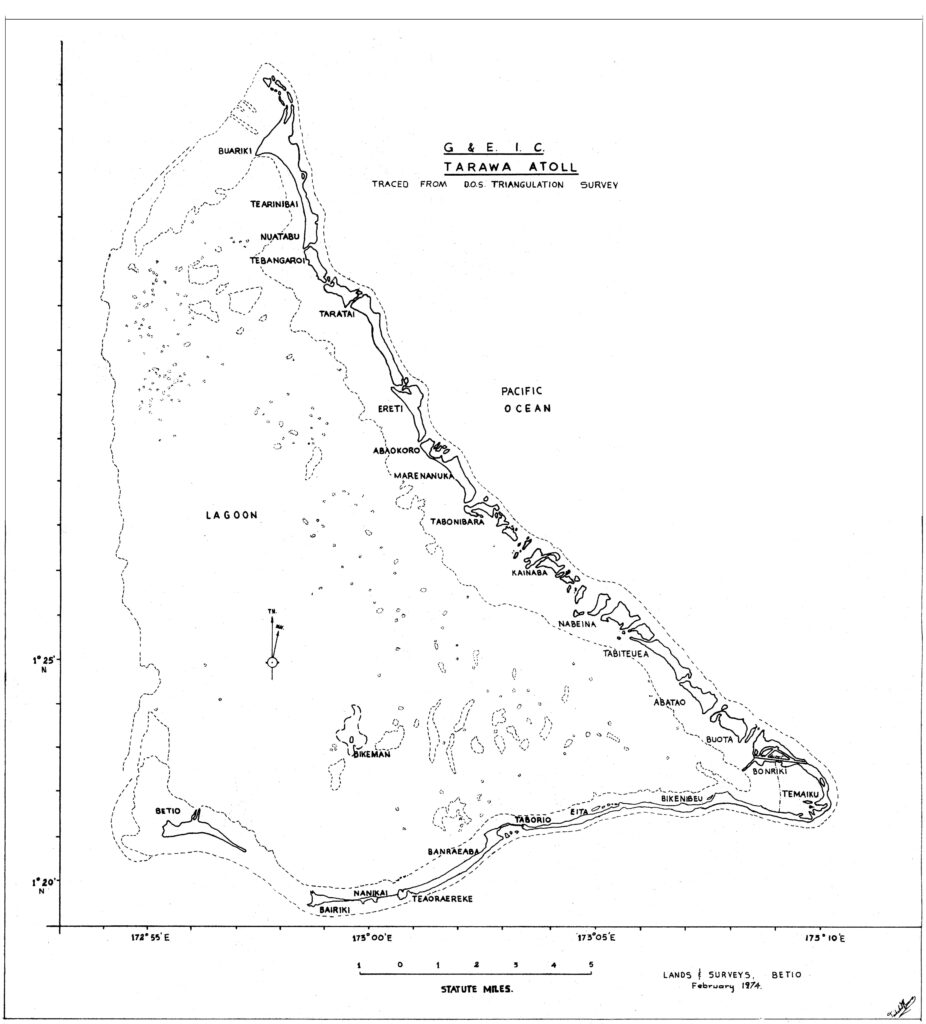
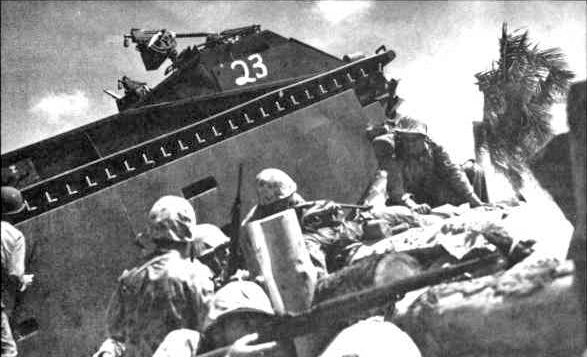
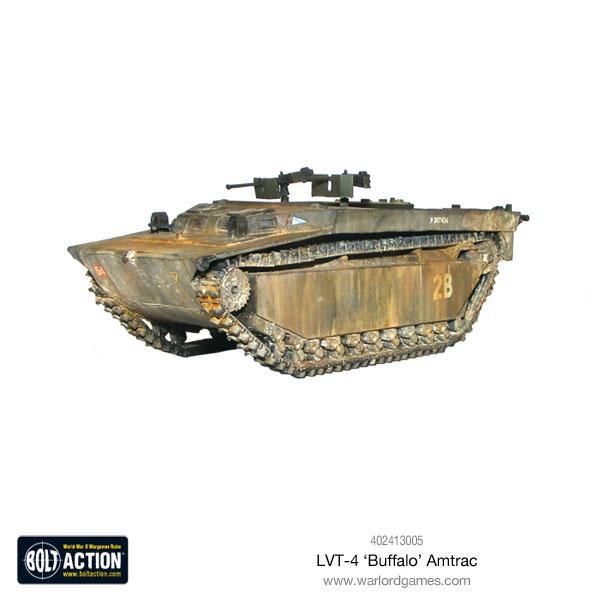
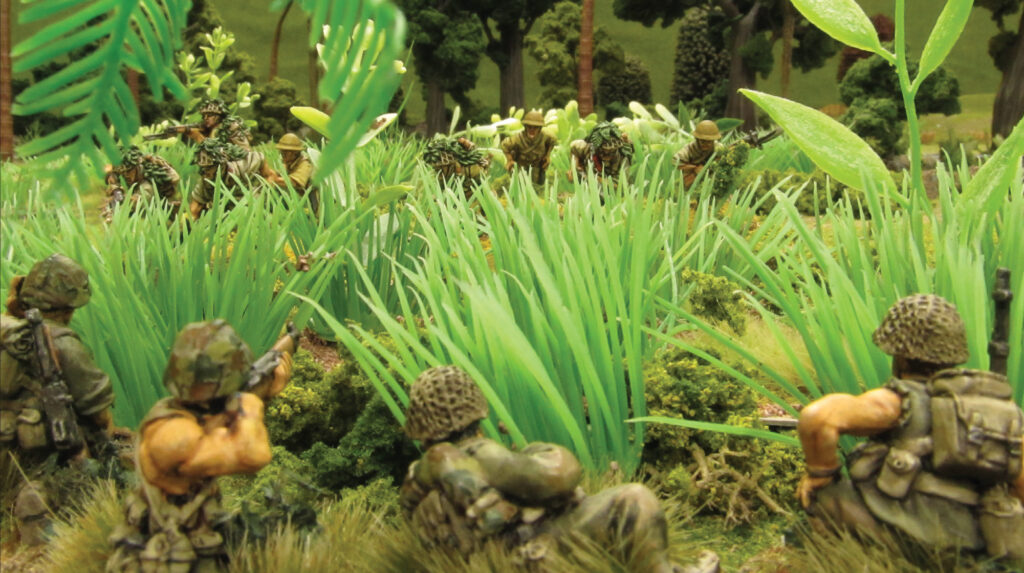
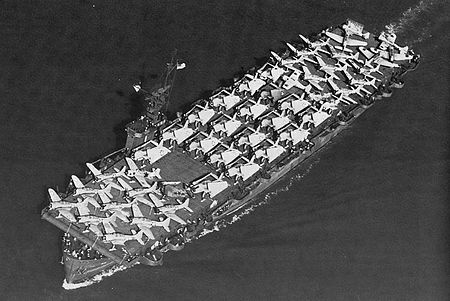
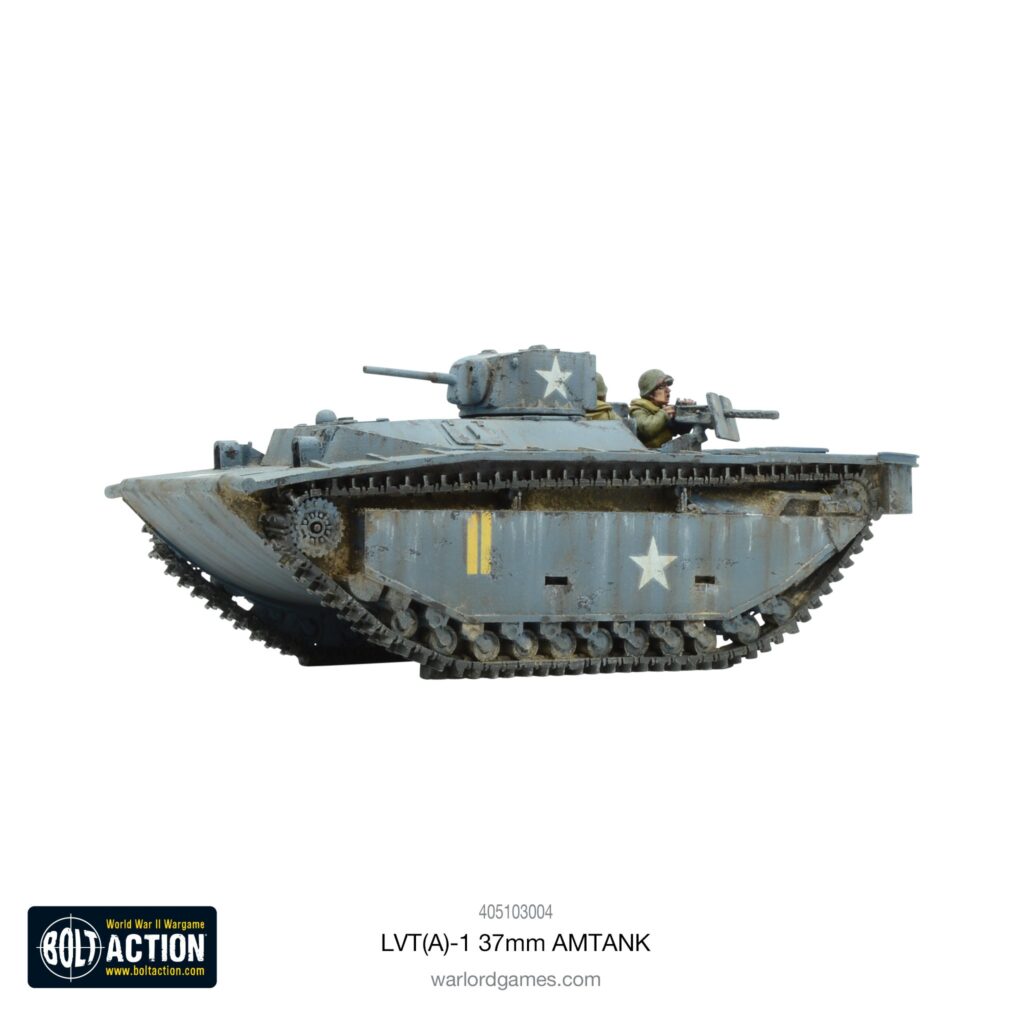
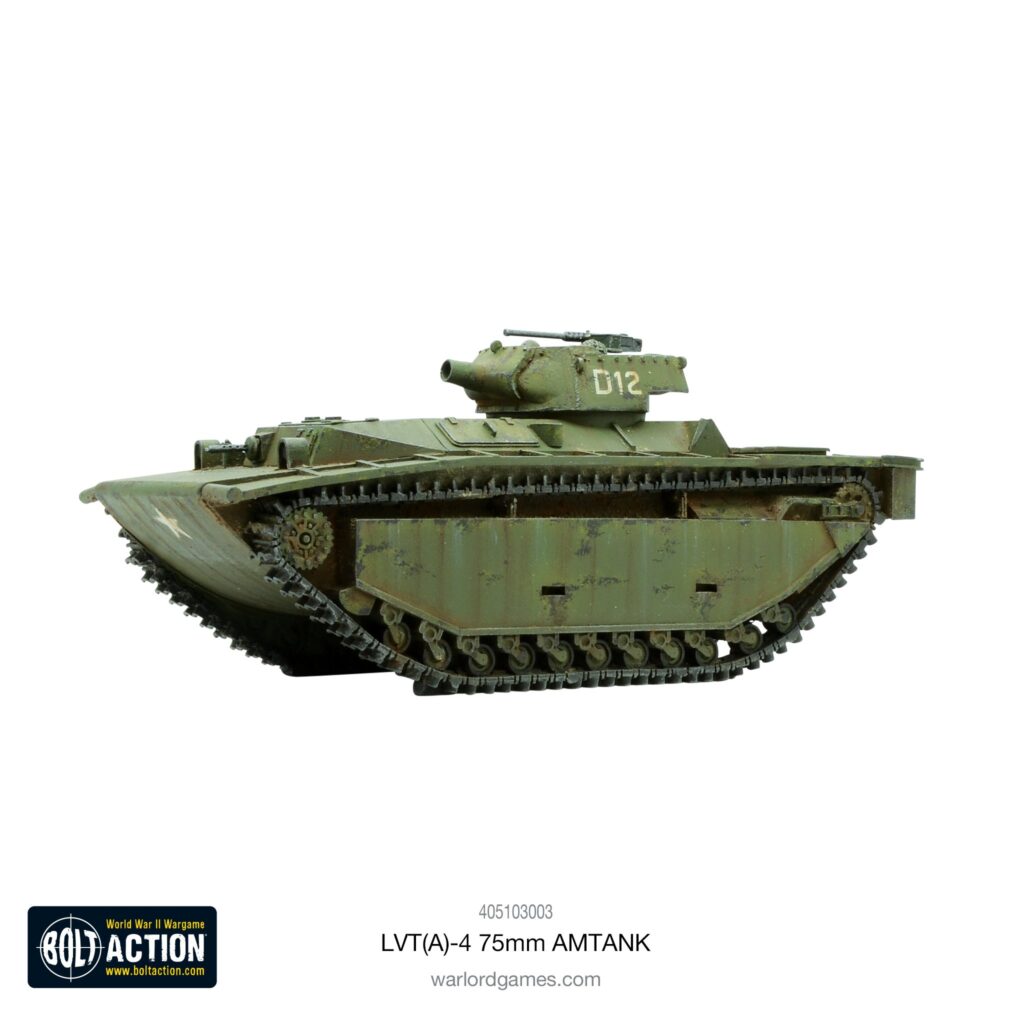
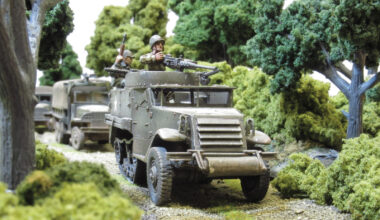

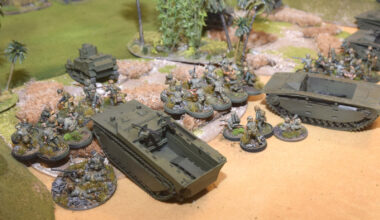
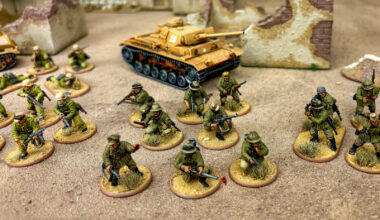
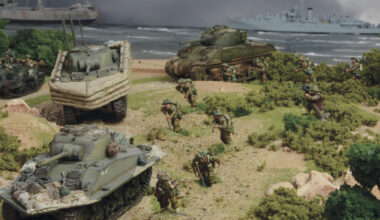
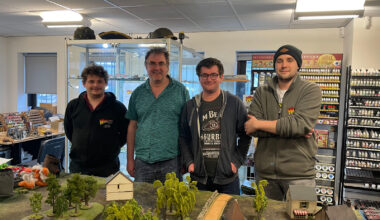
1 comment
I like the idea of the campaigns. The starter box is nothing short of bizarre. It is almost like the halftrack was thrown in there since they had extra laying around. I would have given them a Stuart at least and give the Japanese a field gun. Other than the halftrack, the box isn’t too bad.
Comments are closed.